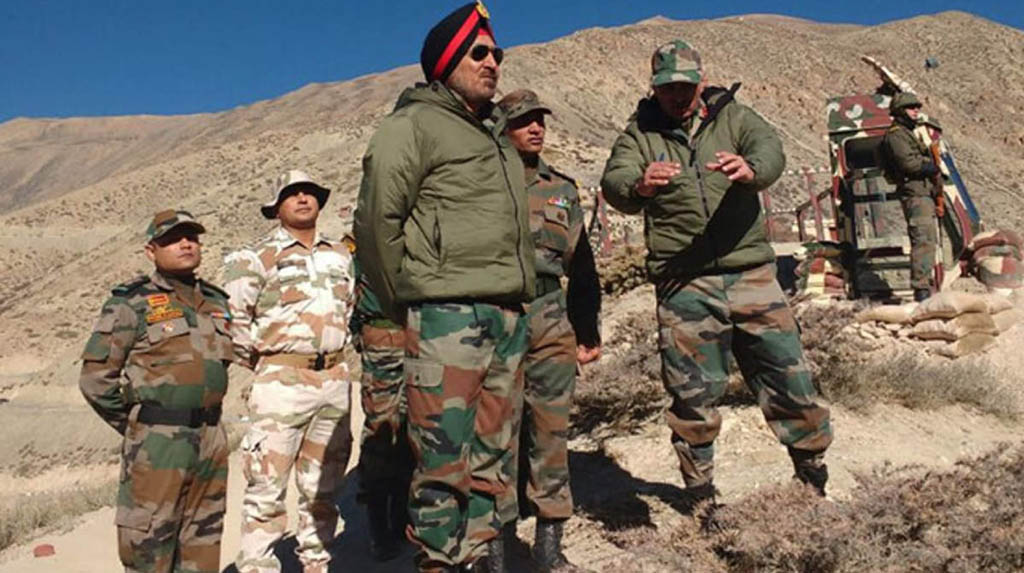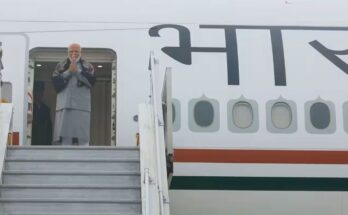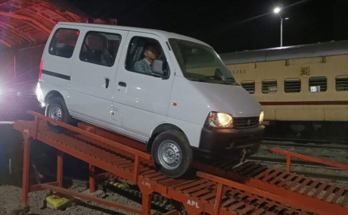New Delhi: The skirmish between the Indian and the Chinese soldiers along the border in north Sikkim is yet another indicator of a bilateral relationship that has been in a tailspin for some time now.
Ever since the coronavirus pandemic, which originated in Wuhan city of Hubei province, the relationship between the two countries has been under strain. Though unlike the Trump administration, the Modi government did not blame China for the spread of Covid-19 infection, mainstream media and social media users in India have been critical of the Xi Jinping government.
Overlooking the public outrage in India, the BJP government went ahead with ordering Covid-19 rapid testing kits from China. However, after several complaints of fault in the kits, the government cancelled orders for about half a million kits, causing exasperation in Beijing.
The negative view against New Delhi worsened when the government last month changed the rules of Foreign Direct Investment (FDI). To check predatory business practices during the coronavirus-related lockdown in the country, the Centre put all FDI proposals from countries sharing border with India under the government approval route.
Ever since China has been outspoken about its displeasure with India. Jayadev Ranade, a leading expert on China said that though the face-off between the two patrols, including fisticuffs and confrontation with weapons, have occurred in the past, the latest skirmish is a result of deterioration in relations.
The face-off occurred in Naku La sector, ahead of Muguthang pass, 5,259-meter-high in northern Sikkim state along the border with Tibet. The area is where China has been claiming that a dispute exists.
“Within a year of having agreed with the then Prime Minister Atal Bihari Vajpayee that Sikkim belongs to India and China will have no claim on it, a Chinese Vice Foreign Minister told our then External Affairs Minister that the issue is not settled,” Ranade said. China, he said, has been beefing up its forces and defence infrastructure in Tibet Autonomous Region (TAR). “Around April 2, there were 300-500 People’s Liberation Army (PLA) vehicles around Tashigong opposite Demchok-Koyul, relaying the runway at Gargunsa airport,” he pointed out.
A professor of Chinese studies at JNU in New Delhi, Srikanth Kondapalli, argued that the face-off in Sikkim, is in accordance with the direction received from the PLA. “China’s apex foreign affairs work conferences of November 2014 and June 2018 ordered the foreign ministry and the embassies abroad to pursue the goals related to border with India, as listed in the PLA white papers of 2015 and 2019”.
The Naku incident, he said, is a follow-up to the directives which were also reflected in Doklam incident in 2017 or Pangong Tso incident in 2019 or Asaphila incident in Arunachal. “As the directives are from the top, we should expect more of such incidents in future and take remedial measures,” he warned.
China’s relations with India depend on the dynamic that evolves between the US and China and separately between India and Pakistan. “Beijing’s ties with the US are currently fraught, and India-Pakistan ties are also tense. The skirmish could well be timed to keep us under pressure, caution us not to do anything to upset the CPEC, not back Taiwan on its admission to the WHO,” Ranade said.
Additionally, Ranade said there are signs of inner-party factionalism in the Chinese Communist Party (CCP) and differences with Xi Jinping in China.
Through aggressive actions amid a pandemic, China may be seeking to remind its neighbours that they could face further trouble by siding with the West in supporting an inquiry into the origins and spread of the coronavirus, security expert Brahma Chellany wrote in a series of tweets.
The forthcoming WHO assembly meeting will see a push for such an inquiry, he alerted.
The skirmish, Chellany said, comes after Chinese coast guard ships, for a second day in a row, have intruded into the waters of Japanese-controlled Senkaku Islands.




